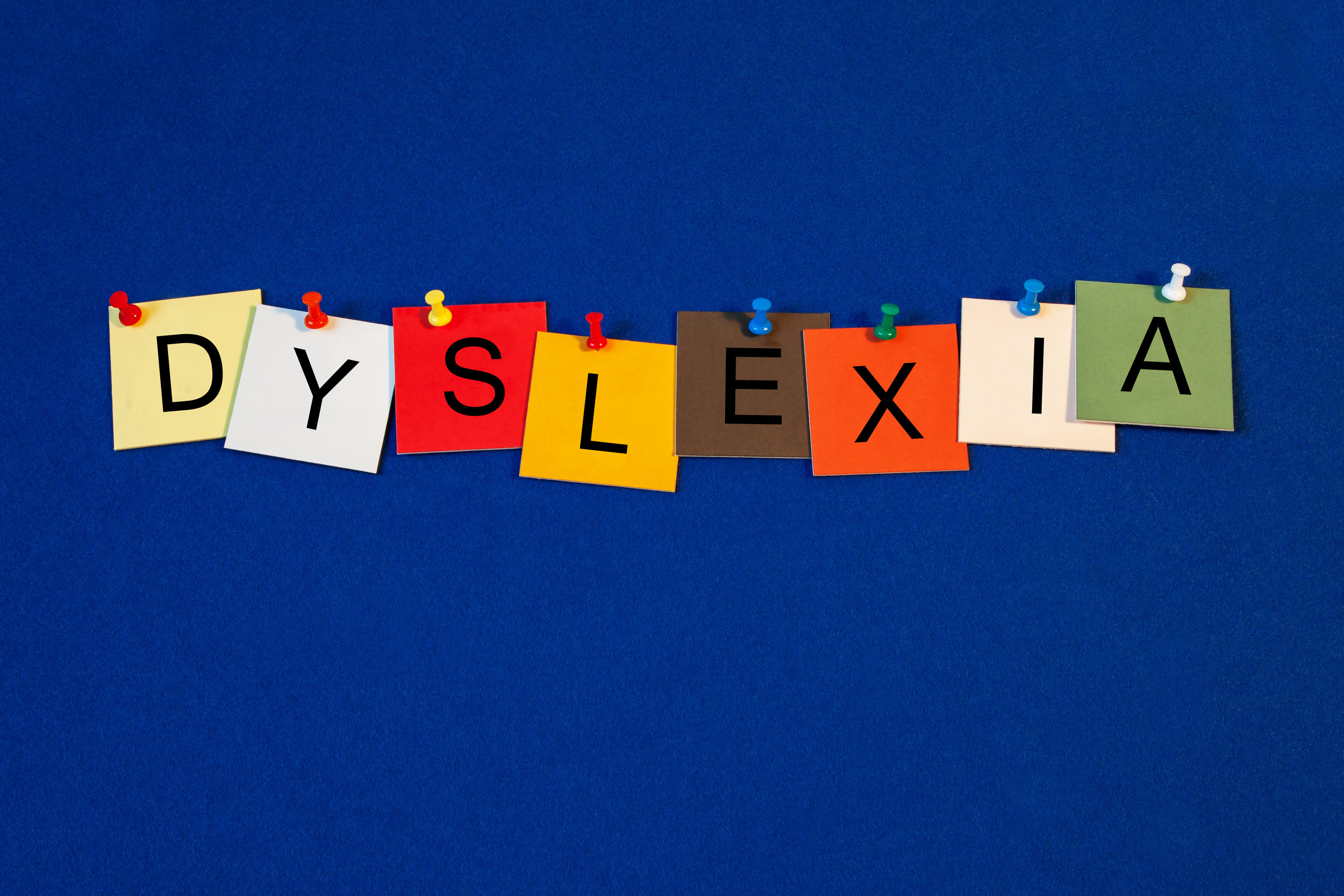
Dyslexia is often not well defined or properly understood. Learning Works Geelong has developed this dyslexia guide to help parents understand dyslexia better.

Dyslexia is often not well defined or properly understood. Learning Works Geelong has developed this dyslexia guide to help parents understand dyslexia better.
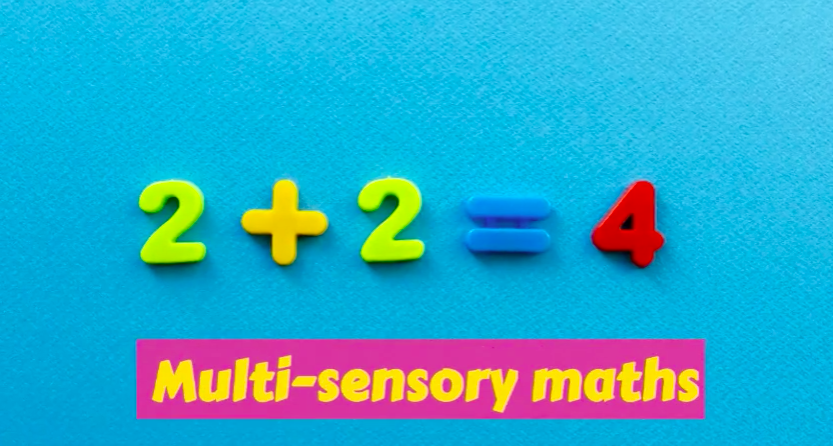
Watch the video to learn about how to teach using hands-on maths strategies. 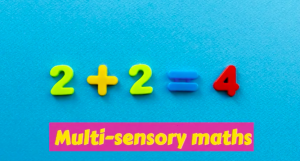
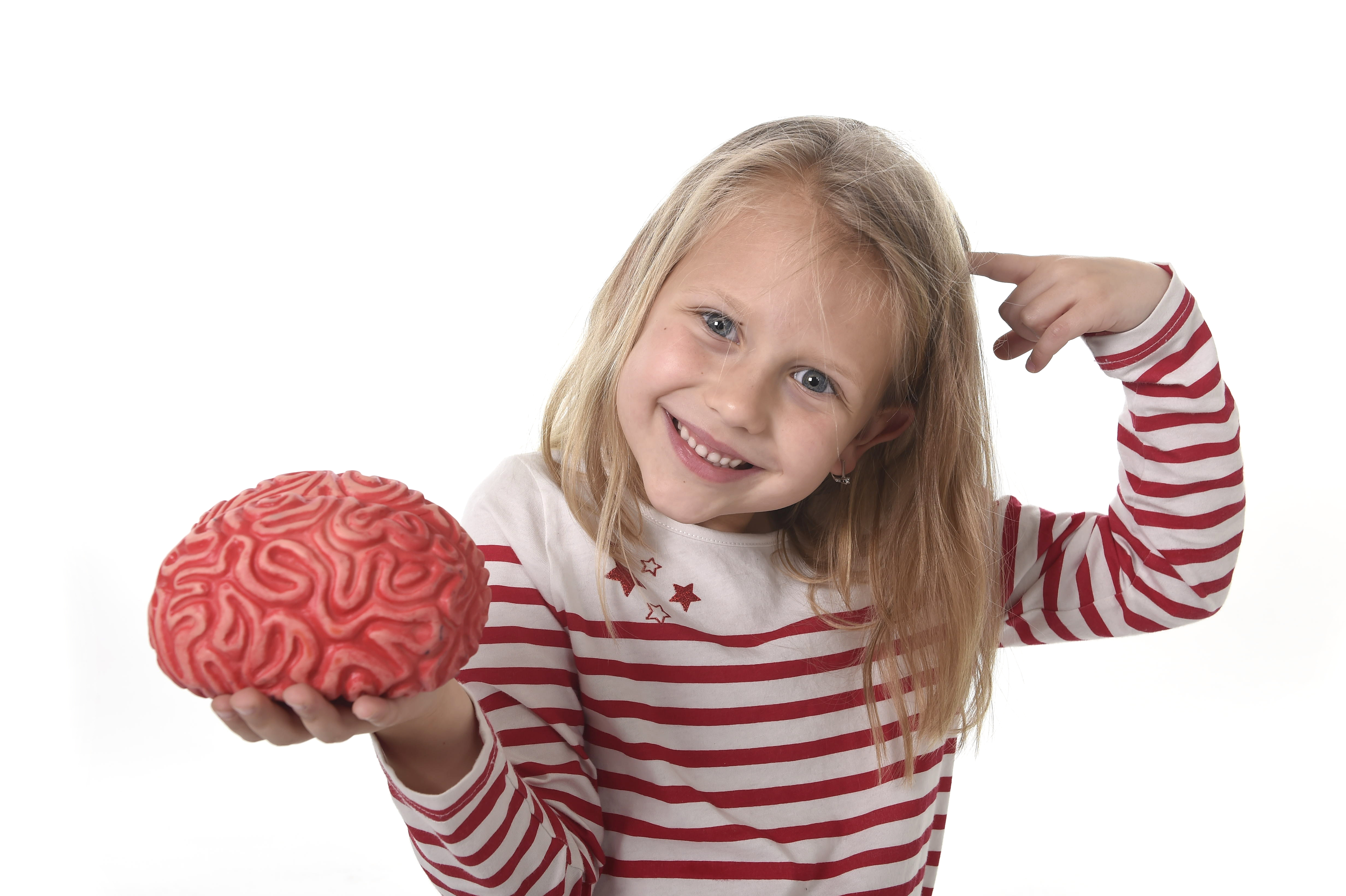

Working memory refers to being able to use and manipulate the information that short-term memory stores. It’s a skill kids need and use to learn.
It’s needed for tasks like following directions with multiple steps or solving a maths problem in your head.
Learning Works uses strategies like this to boost working memory in kids and teens. You can help your child improve this executive function at home by building some working memory boosters into his or her daily life.
Encourage your child to create a picture in his or her mind of what has just been said. For example, if you have told your child to make their bed in the morning, have them come up with a mental picture of what their room should look like when they have finished cleaning. This works really well for maths problems too. If your child needs to use comprehension skills to work out whether a maths problem is a take away or an addition problem, visualising the story will help them work it out.

Being able to explain something to someone else means a child must have made sense of the information and mentally filed it. If your child is learning a new skill, like how to do maths a certain way, ask him or her to teach it to you. Even if you know it, your child is getting an opportunity to use the information right away, rather than waiting to be asked. Teachers use this strategy all the time by putting students into small groups and pairs.

There’s a reason stationary at Officeworks is so popular! Colour coding text, underlining and highlighting can help kids keep the information in mind long enough to answer meaningful questions about it. Talk with your child out loud and ask questions about the taught material to reinforce what they are reading. Taking notes is another useful tool. Regular active reading can help to strengthen the neural pathways that form long-term memories as well.

Give multi-step directions one at a time. Running through the 5 activities your child needs to get done will simply overload their brain and mental capacity. Keep this in mind when you need to give your child multi-step directions. Write down the things you would like them to do or give them instructions one at a time. Your can also use organisers and mind maps to help your child break larger projects and assignments into more manageable pieces.
Processing information using different brain pathways can help information convert into long-term memory. Some kids learn best with information they hear. Others may find it easiest to learn by seeing something. Using multisenosyr techniques helps your child to engage more than one sense at a time, increasing the likelihood that they will keep the information in mind long enough to use it.
Write tasks down so your child can look at the instructions. Say them aloud so your child can hear what is expected of them. Play down ball or dance while you discuss a topic. Expanding teaching beyond listening and seeing stimulates new pathways and opportunities to remember.
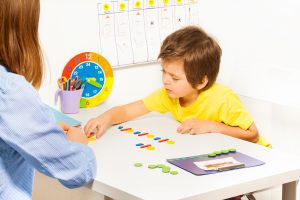
Help your child form connections that mentally join the information he or she is learning. For instance, mnemonic devices are one of the best ways to teach your child to spell tricky words. A mnemonic device is a memory tool that helps a person to remember larger bits of information—or tricky-to-spell words—with something easier to remember such as a phrase or rhyme.

For example, spelling the word dessert could be taught using these fun trips.
These associations make it more likely that the information you are teaching your child will stick.
Recent Comments